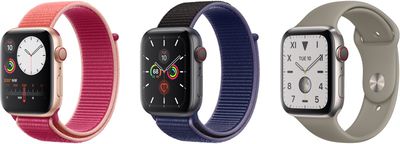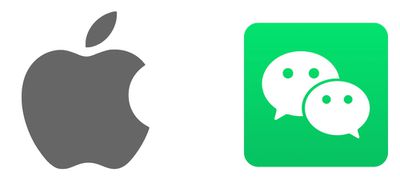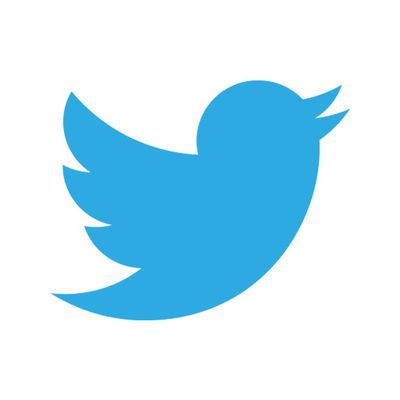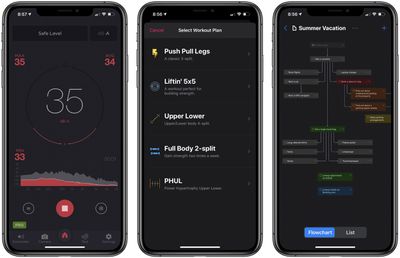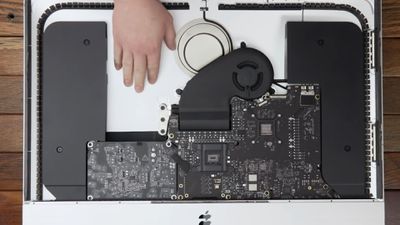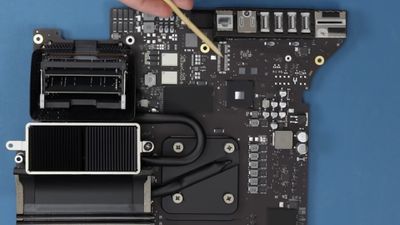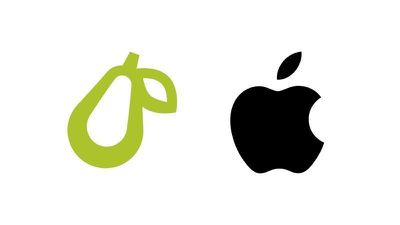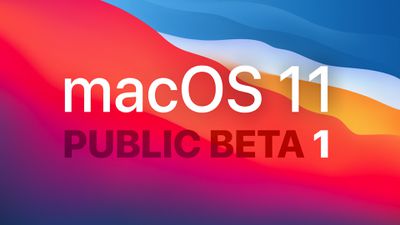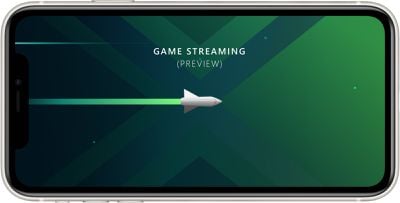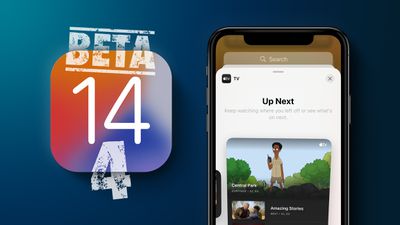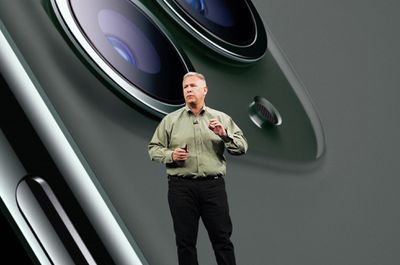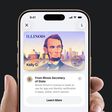Apple News in iOS 14 and macOS Big Sur has a toggle that's designed to open web links from Apple News+ publishers directly in Apple News, which has the effect of directing users who tap to read a news story in Safari to the Apple News app instead of to the publisher's website.

Enabled by default in the Settings app, the option to open web links in Apple News is an Apple News+ "feature," so an Apple News+ subscription is required to have the Apple News app open when a web link is tapped.
The option to open links in Apple News instead of on the web was highlighted by Tony Haile, who points out that Apple is intercepting traffic from websites and directing it to the Apple News app instead, cannibalizing a publisher's audience and drawing more users to Apple News+. Haile suggests that Apple can accelerate News+ growth by intercepting publisher traffic, with the ultimate aim of attracting more publishers to the platform with a growing subscription base.
Woah, I wonder how many publishers in Apple News+ realize that the new iOS14 and MacOS Big Sur are by default intercepting traffic to their sites and sending it to the Apple News app instead. pic.twitter.com/k4PQG9mE7M — Tony Haile (@arctictony) August 10, 2020
Publishers are not likely to be appreciative of this feature, even limited to Apple News+ subscribers, because the feature is enabled by default in the iOS 14 and macOS Big Sur updates. Apple has struggled to gain new subscribers to Apple News+, while also dealing with publishers who are not happy with the service because of its low subscription rates.
There have been multiple reports suggesting publishers are unimpressed with the revenue generated from Apple News+, which has fallen below Apple's initial promises. Apple News+ attracted multiple magazine publishers from launch thanks to Apple's acquisition of magazine service Texture, but it has struggled to entice news publishers.
The New York Times and The Washington Post have refused to participate in Apple News+, as have many other news sites. The New York Times recently ended its Apple News partnership entirely and pulled all articles from the service, stating that Apple News does not "align with its strategy of building direct relationships with paying readers."
The redirecting feature appears to be limited to publishers who participate in Apple News+, so this change in iOS 14 and macOS Big Sur could perhaps spur additional publishers to end their relationships with Apple News. Apple News+ readers on iOS 14 can open the News section of the Settings app to disable "Open Web Links in News" while macOS Big Sur users can get to the toggle by opening the News app and then going to the settings section.
Many Apple News+ users have been asking for a way to open up web links in Apple News+ to avoid paywalls on the web, so Apple News+ subscribers that pay for the service are likely to be appreciative of the new feature.


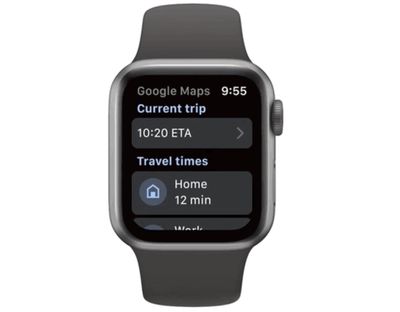

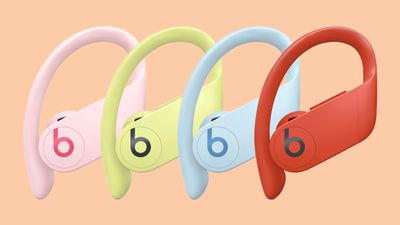 Note: MacRumors is an affiliate partner with some of these vendors. When you click a link and make a purchase, we may receive a small payment, which helps us keep the site running.
Note: MacRumors is an affiliate partner with some of these vendors. When you click a link and make a purchase, we may receive a small payment, which helps us keep the site running.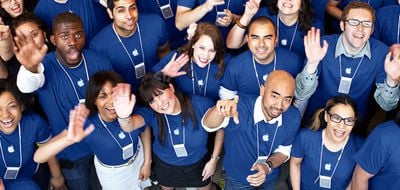


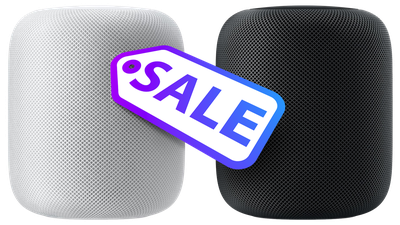 Note: MacRumors is an affiliate partner with Best Buy. When you click a link and make a purchase, we may receive a small payment, which helps us keep the site running.
Note: MacRumors is an affiliate partner with Best Buy. When you click a link and make a purchase, we may receive a small payment, which helps us keep the site running.
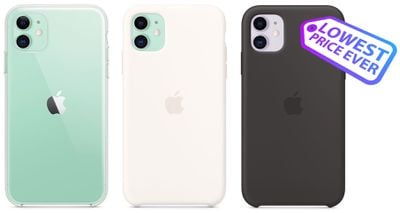 Note: MacRumors is an affiliate partner with some of these vendors. When you click a link and make a purchase, we may receive a small payment, which helps us keep the site running.
Note: MacRumors is an affiliate partner with some of these vendors. When you click a link and make a purchase, we may receive a small payment, which helps us keep the site running.

